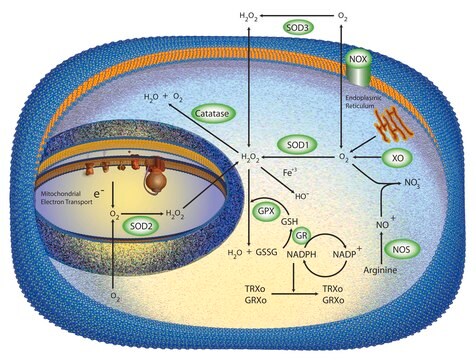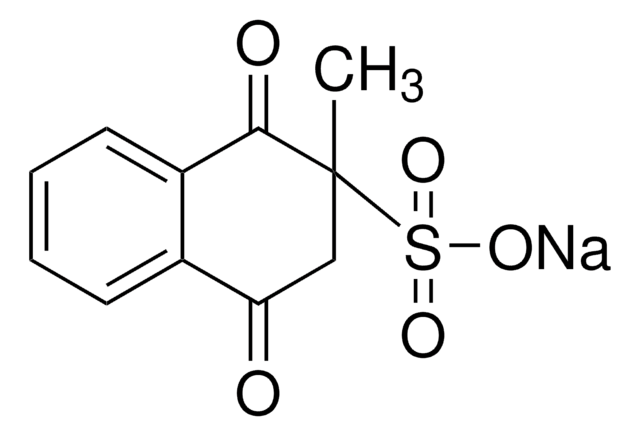R7882
Acetato de retinil
BioReagent, solid or viscous liquid, synthetic, suitable for cell culture
Sinónimos:
Acetato de retinol, Acetato de vitamina A
About This Item
Productos recomendados
biological source
synthetic
Quality Level
product line
BioReagent
assay
≥90% (HPLC)
form
solid or viscous liquid
potency
~2,800,000 I.U. per g
mol wt
Mw 328.49 g/mol
technique(s)
cell culture | mammalian: suitable
color
light yellow to dark yellow
mp
57-58 °C
solubility
absolute ethanol: 25 mg/mL (lit.)
storage temp.
−20°C
SMILES string
CC1=C(/C=C/C(C)=C/C=C/C(C)=C/COC(C)=O)C(C)(C)CCC1
InChI
1S/C22H32O2/c1-17(9-7-10-18(2)14-16-24-20(4)23)12-13-21-19(3)11-8-15-22(21,5)6/h7,9-10,12-14H,8,11,15-16H2,1-6H3/b10-7+,13-12+,17-9+,18-14+
InChI key
QGNJRVVDBSJHIZ-QHLGVNSISA-N
¿Está buscando productos similares? Visita Guía de comparación de productos
Categorías relacionadas
General description
Application
Biochem/physiol Actions
Other Notes
Preparation Note
signalword
Danger
hcodes
Hazard Classifications
Aquatic Chronic 4 - Repr. 1B
Storage Class
6.1C - Combustible acute toxic Cat.3 / toxic compounds or compounds which causing chronic effects
wgk_germany
WGK 2
ppe
Eyeshields, Gloves, type ABEK (EN14387) respirator filter
Elija entre una de las versiones más recientes:
¿Ya tiene este producto?
Encuentre la documentación para los productos que ha comprado recientemente en la Biblioteca de documentos.
Los clientes también vieron
Artículos
All-trans retinoic acid (RA, ATRA) is a pleiotropic activation factor that regulates genes associated with normal vertebrate cellular processes such as cell differentiation, cell proliferation, apoptosis, and embryonic development.
All-trans retinoic acid (RA, ATRA) is a pleiotropic activation factor that regulates genes associated with normal vertebrate cellular processes such as cell differentiation, cell proliferation, apoptosis, and embryonic development.
Nuestro equipo de científicos tiene experiencia en todas las áreas de investigación: Ciencias de la vida, Ciencia de los materiales, Síntesis química, Cromatografía, Analítica y muchas otras.
Póngase en contacto con el Servicio técnico









